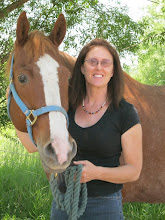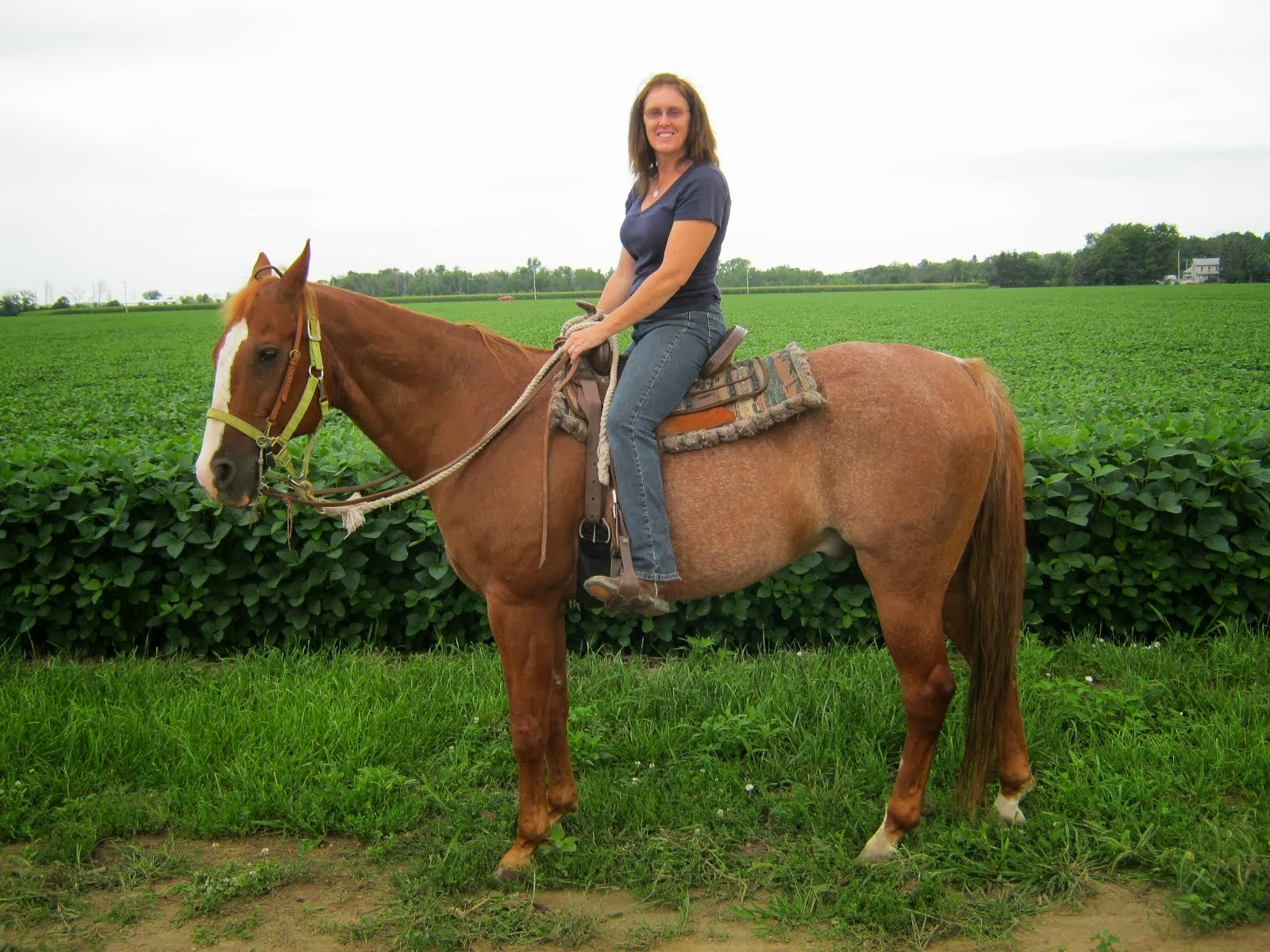There's No Such Thing as a Throwaway Pet
* A Crabby Perspective *
by
Cayr Ariel Wulff
A couple of weeks
ago, an animal rescue friend of mine transported two hermit crabs
four hours and across state lines to my home in Ohio. She’d seen
photos of our crabitat and my frequent posts on Facebook, and she
wanted the two crabs to have the best possible life in captivity.
That might seem weird to some readers. We’ve all heard stories
about dogs, cats, and horses being transported from one state to
another, but hermit crabs? A lot of people think of them as
“throwaway pets”, but there is no such thing as a throwaway pet.
When a person takes
a pet into their home, whether it be a dog, cat, ferret, hamster, or
fish, they should be morally compelled to give that pet the best life
possible. Unfortunately, the media is full of stories of animal
abandonment and abuse, evidence that not every pet owner is so
conscientious.
It’s hard to
impress a pet’s worth on some people when free-to-good-home ads
make pets of all ages and types readily available, or when pets like
hermit crabs are given away at fairs and festivals as prizes, or made
available in pet stores for only a few dollars. A lot of pet stores
perpetuate the attitude that hermies are short-term, “throwaway”
pets that live only a few months, but a crab has a lifespan of 20-30
years, if properly cared for.
Hermit crabs, also
known as “Tree Crabs” are not native to the United States. At
least, not the ones commonly sold in pet stores. They are exotic
pets, imported from Ecuador, Australia, or the Caribbean. They are
not the same hermies as those found on the shores of Chesapeake Bay.
In order to give them a long healthy life, they need to live in a
certain type of environment, and that environment isn’t anything
like the way they are displayed in most pet stores. I’ve seen them
displayed in wire cages or in tanks with only half an inch of
substrate, neither set-up giving any consideration to their needs.
Keeping a hermit crab in a tiny plastic cage and feeding it a steady
diet of food meal is just as unfair to them as keeping a dog in a
wire travel crate its whole life. Every pet needs the proper
environment and stimulation.
Hermies are tropical
pets, and therefore need to be kept warm and moist; their crabitat
should have a temperature of between 75-85 °F - and humidity around
70-80%. They need to have four inches of substrate or more, so they
can bury themselves completely to molt. They need to have company,
because even though they are called “Hermit” crabs, they are very
social; in the wild, they live hundreds to a colony. They need to have a selection of shells suited to their size and
growth. They need the proper food and water, including a saltwater
pool for bathing.
When my partner and
I found ourselves the unwitting caretakers of a hermit crab, we
didn’t have any idea how to care for it. Our first crab had been a
gift to our nephew, who was afraid of the pinching creature and asked
us to care for it. Once we started looking into proper care, that
single decapod crustacean became the catalyst for outfitting five
terrariums of varied sizes and acquiring a small colony, or “cast”
of eleven crabs. Their current home is a 35 gallon breeder tank,
lined with three types of substrate: coral, sand and eco-earth;
driftwood; rocks, vines and plants for climbing; a saltwater pool; a
freshwater pool; a tank heater and automatic mister to maintain
humidity; and even some toys.
Most of our hermies
are friendly. They like to be held and spend just as much time
looking out at us as we do looking in at them. By keeping them happy
and healthy, we’ve been witness to all sorts of interesting
behavior.
Some things you
might not know about hermit crabs:
- They are curious and like to explore
- They are vocal, and chirp, chitter, and squeak
- They are smart
- They are omnivorous and love to try different foods
- They have individual shell preferences
- They love to dig and climb
- When a new crab is introduced into an established cast, it may engage in demonstrations of strength and “arm wrestle” with the ‘home’ crabs.
- Hermit crabs with too-small shells cannot grow as fast as those with well-fitting shells.
- Hermit crabs usually never reproduce in captivity. Although hermit crabs have been known to lay eggs in captivity, eggs die quickly because the crab is not able to lay them in a natural habitat.
Just because a pet
is small, doesn’t mean it is mindless and disposable. Mice,
gerbils, and even hermit crabs have individual personalities. When
kept in captivity every animal deserves an environment they can
thrive in, in order to enjoy a long, healthy life.
C.A.Wulff is an author, blogger, and animal advocate who uses her
writing to spread the joy of the human/canine bond. Her books, Born
Without a Tail, and Circling the Waggins; How 5 Misfit Dogs
Saved Me from Bewilderness, chronicle her personal journey in
animal rescue. Her books, How to Change the World in 30 Seconds: a
Web Warrior’s Guide to Animal Advocacy Online, and Finding
Fido: Practical Steps for Finding Your Lost Pet, are handbooks
for animal lovers. Wulff maintains a personal blog entitled Up on the Woof, where she shares biscuits of dog-related info, and is a
Contributing Editor at AnimalsVote.org.
In this video, The World Federation of Crab Wrestling. New crab and “home” crab
engaging in feats of strength.
That's all for now, folks! Until next time, please be kind to all the critters! And please leave a comment so that Ariel and I know you were here!






























































































1 comment:
Thanks for the opportunity for me to reach your readers, Kelly.
For some reason, the links I provided you are not working. Readers can try these:
Dble Occupancy: https://www.youtube.com/watch?v=89FVBp5gJtI
The World Federation of Crab Wrestling:
https://www.youtube.com/watch?v=0ZcDrcCE8v4
Post a Comment